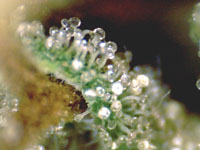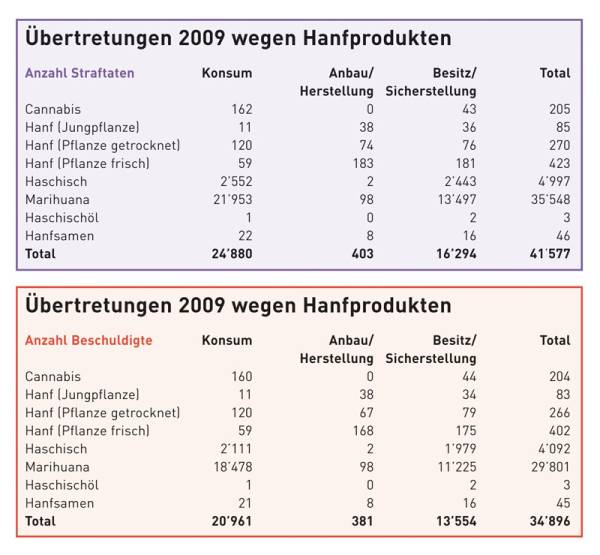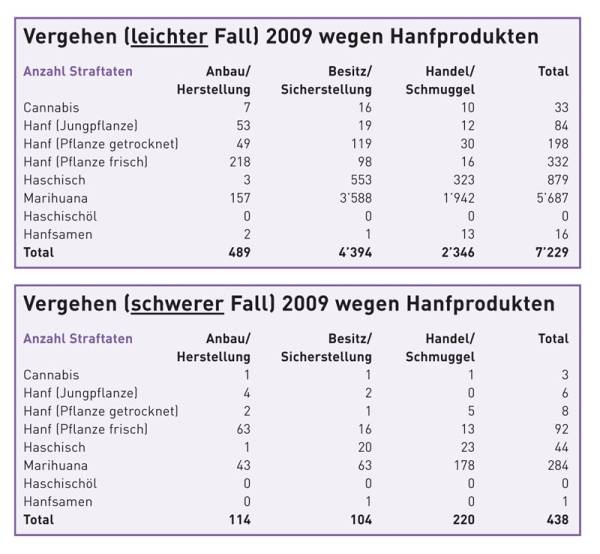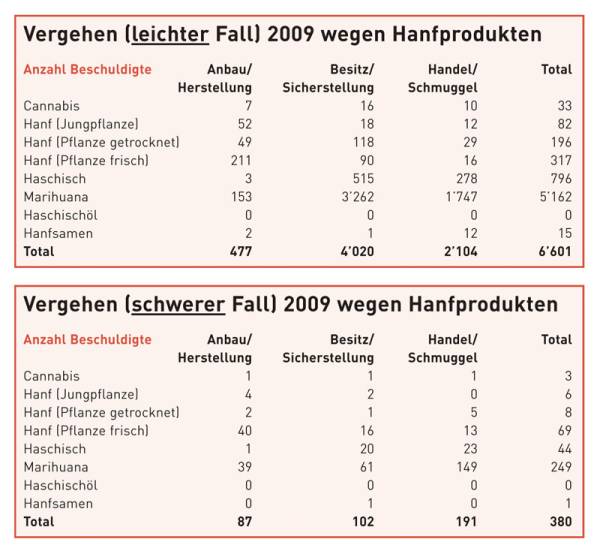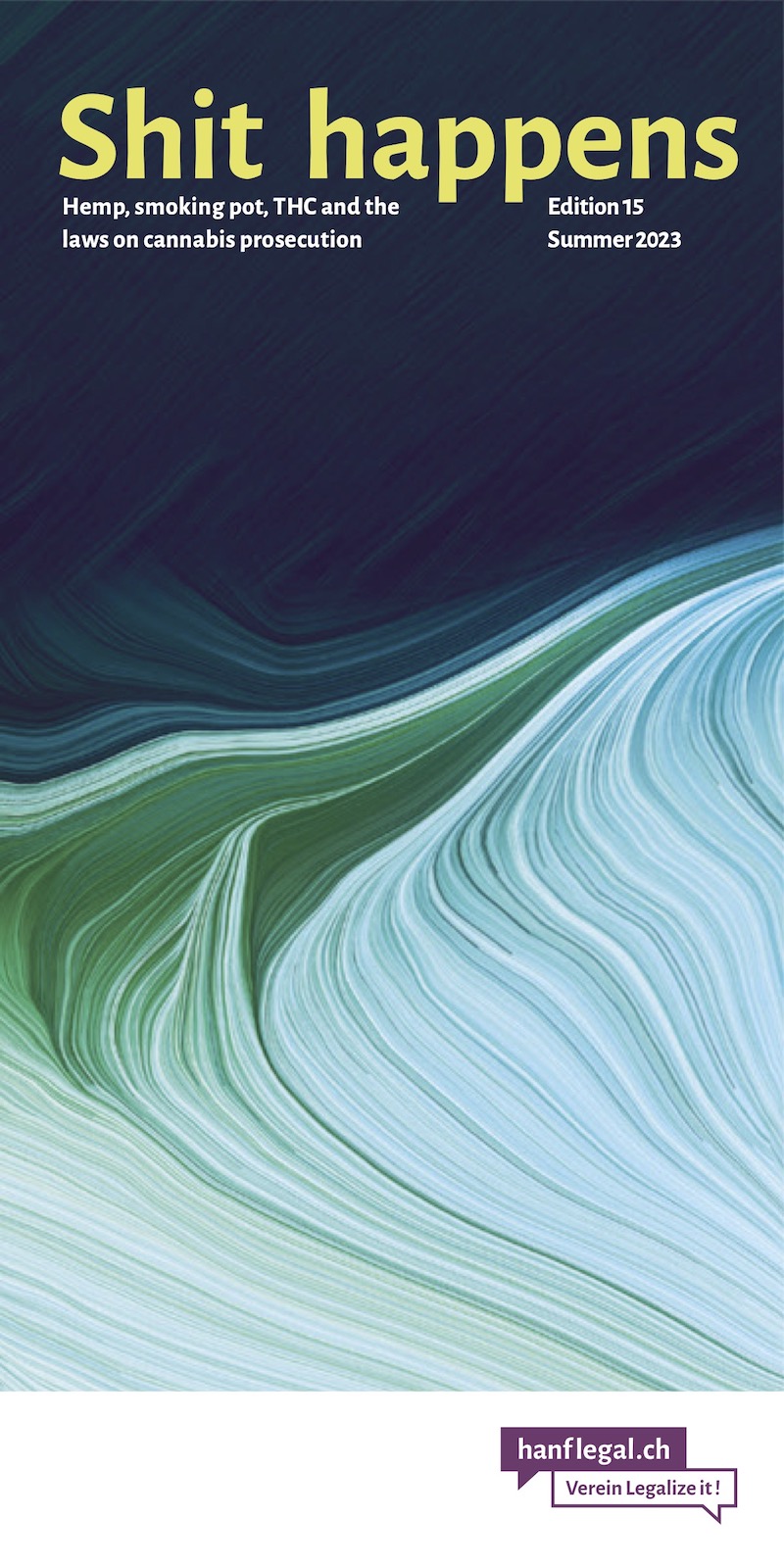- THC & Law:
Table of Contents
Repression 2009. The old prosecution recounted
Now it has dawned - the age of the new counting method in narcotics crime. The Federal Statistical Office is trying its hand at the former Betm statistics of the Swiss police forces. However, the first vintage from the hands of professionals still leaves much to be desired.
The madness continues
Even if decriminalizations for THC are being discussed or even implemented in various countries - in Switzerland, repression continues unwaveringly on its path. Even in the city of Zurich, which had accepted the hemp initiative at the end of 2008, the summary penalty orders over 258 francs (the very first time, mind you) is produced on a conveyor belt today. Even a red-green government is of no use here - even St. Gallen with its bourgeois government is already several steps ahead with the fixed penalties.
The vintage 2009
Well, let's stop complaining and look at the new data from the Federal Statistical Office BfS. This was supposed to present the figures of repression previously issued by the Service for Analysis and Prevention in a statistically cleaner way. Well, they made an effort. But they didn't really succeed. Instead, there is a lot to laugh about: Now there are young plants, dried plants, fresh plants - but still no distinction between indoor and outdoor. Instead, there is now a cannabis category - where no one knows whether it is weed or hash. Marijuana is still listed as a category, even though there is nothing about it in NarcA. Well, they will probably need a few more years to further unravel the data salad supplied by the various police forces according to different criteria and finally install reasonable, uniform criteria.
Transgressions and misdemeanor
On the other hand, the subdivision according to violations and misdemeanor (this is again subdivided according to light and heavy misdemeanor) is praiseworthy. This is what we have been trying to teach THC users for years: The fundamental difference between contravention and misdemeanor. Furthermore, the new statistics distinguish between criminal acts and the number of defendants. Even if these numbers are similar, they differ.
Our handling of the data
We have taken the trouble to extract the cannabis-specific figures from the large pile of data (in which the hemp question always threatens to disappear somewhat). What we had to leave out in each case is the category “Multiple substances”. This category contains all cases that involve not only one but several substances. This category contains many cases and it can be assumed that there are also many pure hemp cases (e.g. hash and hemp plants or weed and oil). But of course also cases where THC products and other narcotics were found. We hope to be able to provide a detailed evaluation of this later.
Comparison with the past is difficult
Comparability with previous conviction figures (an overview of the years 1974 to 2008 can be found in Legalize it! 51 on page 5) is difficult. The BfS had to accept the different reporting forms of the various cantonal police forces (and there have been funny double forms). But no matter whether one looks at the adjusted data of the accused or the data of the crimes: So far, one seems to have massively underestimated the size of the repression. In the case of transgressions, one could still argue that perhaps repression increased again in 2009. But at misdemeanor, the number is much higher than anything that has been reported as “trafficking” so far:
- Whereas in 2008 there were 29,398 convictions for consumption, in 2009 there were 41,577 violations or 34,896 defendants. If the figures were comparable, this would be a striking jump upwards, regardless of whether one compares with acts or people.
- In 2008, there were slightly more than 3,500 convictions for trafficking; in 2009, there were 7,667 offenses counted at misdemeanor (light and heavy), and 7,000 defendants. That would be twice as much. But the data will never be directly comparable. But the level of the new, more reliable data is frightening.
The penalty is very variable
The amount of punishment cannot be gleaned from these statistics, but can be summarized as follows:
- Violations are punished with a fine, plus various fees (total 100 to 1000 francs). fines are not included in these statistics, as there is no police report.
- In the area of misdemeanor, in a minor case (normal misdemeanor according to NarcA) there is a penalty of several daily sentences. In the case of first-time punishment, such a penalty is approximately in the following range: fine of 100-1000 francs, three to ten conditional daily sentences of 100 francs (depending on the financial situation). In addition, there is an entry in the criminal record. In more serious cases or in the case of multiple conspicuity, this can increase - for example to 1,000 francs fine and 75 unconditional daily sentences of 100 francs.
In a serious case, the minimum penalty is one year imprisonment (and this can go up to 20 years). Fines can also be imposed here. What is more decisive, however, is that profit repayments are often demanded here, i.e. that the entire profit is skimmed off. Since most of the money and the goods are confiscated, only the most cunning dealers have the money on their side - the others have to pay off a non-existent profit in monthly installments for years. In addition, of course, there are always the fees, investigation costs and the costs of the court, which can grow to a five-digit amount in larger cases, even without lawyers' fees.
SEIZED!
Hemp seizures 2009
According to new statistics (see also the following article), the following hemp substances were seized in Switzerland in 2009 (discover the abysses!):
Cannabis
In 108 cases 1.5kg, 12 joints, 194 plants, as well as 8 doses of “cannabis” were seized.
Hemp (young plant)
In 135 cases, 51kg, 1 joint, 25,590 plants, as well as 10 doses of “Hemp (seedling)” were seized.
Hemp (plant fresh) In 555 cases, 1'235kg, 37'260.8 plants, as well as 135 cans of “Hemp (plant fresh)” were seized.
Hemp (plant dried) In 363 cases, 1'396kg, 5 joints, 3'353 plants, as well as 66 cans of “hemp (plant dried)” were seized.
Hashish In 4,304 cases 228kg, 152 joints, as well as 11.6 doses of “hashish” were seized.
Hashish oil In 22 cases, 3kg or 4l of “hashish oil” were seized.
Marijuana
In 19,341 cases, 1,799kg, 2,565.65 joints, 2,956 plants and 60.2 doses of “marijuana” were seized.
The differences between the marijuana plants and hemp plants would still need to be clarified. The joint from the young plant also seems special. The 0.65 marihuna joint gives one pause, as do the 0.2/0.6/0.8 doses. Oh well. The statistics have just been updated…
Source: Police Crime Statistics (PKS), Annual Report 2009, Federal Statistical Office. Details from the tables “Narcotics Act (NarcA): Offenses by substance and accused persons, 2009”, and “Seized substances, 2009”.
Support our work with a donation:
Bank transfer
Account number (IBAN):
CH02 0900 0000 8709 1354 3
Full account details
Or scan this QR code with your eBanking App (ZKB, Revolut, Postfinance, …):
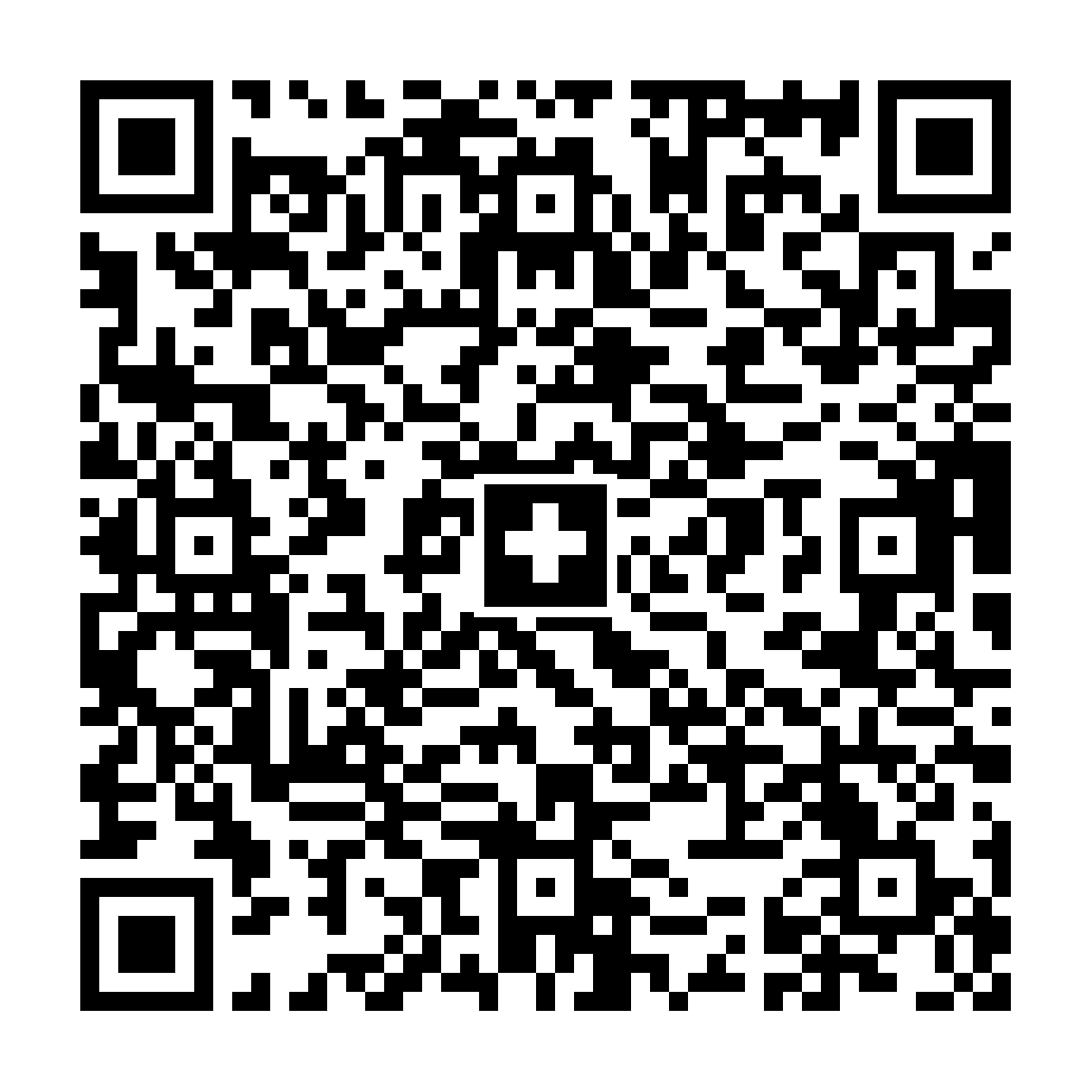
Or open/share the QR code as PDF file with your eBanking App.
Credit card
Donate via credit card
Verein Legalize it!
Quellenstrasse 25
8005 Zürich
Threema ID 7NH65RBY
Don’t miss anything! Follow us on social media:
